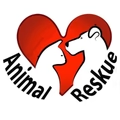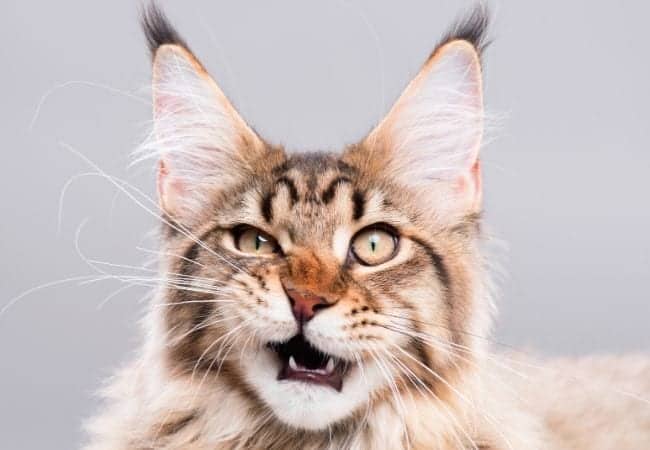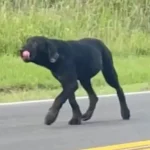Why Your Cat Makes That Funny Face and What It Means
Cats can be mysterious creatures, especially when they make unexpected facial expressions. If you’ve ever noticed your cat sneering, curling its lip, or making a strange face after sniffing something, you’re witnessing something fascinating: the flehmen response. Don’t worry—it’s not disgust or disdain! Instead, it’s a biological function that helps cats analyze scents in their environment. Let’s explore this intriguing behavior and what it means for your feline friend.
What Is the Flehmen Response?
Cats have an extraordinary sense of smell, and they possess a fascinating anatomical feature called the vomeronasal organ (also known as Jacobson’s organ). This special organ, located in the roof of their mouth, allows them to detect pheromones and other chemical signals more efficiently than their noses alone.
When a cat exhibits the flehmen response, you may notice:
This reaction allows scents to travel through tiny ducts called nasopalatine canals, which lead directly to Jacobson’s organ. This unique ability enables cats to process pheromones and other intriguing smells with greater accuracy.
Why Do Cats Do This?
The flehmen response is used primarily for gathering information. Here are some common reasons why your cat may make that funny face:
Do Other Animals Display the Flehmen Response?
Yes! While the flehmen response is often associated with cats, many other animals use this mechanism to analyze scents, including:
In many of these species, the flehmen response helps with social interactions, territorial recognition, and mating behaviors.
Should You Be Concerned?
If you catch your feline friend making this face frequently, there is no need to worry. The flehmen response is a completely normal behavior that helps cats navigate their environment. However, if your cat suddenly starts making strange facial expressions without sniffing anything, seems uncomfortable, drools excessively, or has trouble eating, it’s a good idea to consult your vet to rule out dental issues or other health concerns.
Final Thoughts
That funny face your cat makes isn’t a sign of annoyance or disgust—it’s a clever biological trick that enhances their sense of smell. The flehmen response allows cats to understand the world in ways we can’t perceive. The next time you spot your cat sporting that sneering look, you’ll know they’re just investigating a fascinating smell in their unique feline way!
Check Out This Picture to See the Flehmen Response in Action:

Does your cat make funny expressions when sniffing something new? Keep an eye on their antics and appreciate how incredible their senses truly are!






Facebook Comments